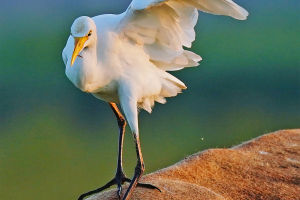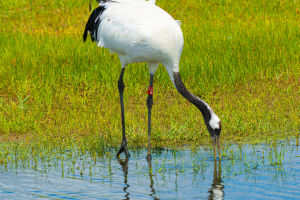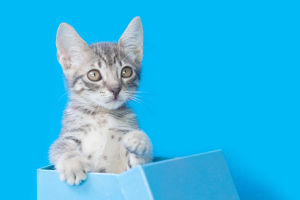Cats are known for their elegance, agility, and cool demeanor.
But when it comes to staying cool, they have a unique method—cats actually sweat through their paws.
Unlike humans, who have sweat glands all over their skin, cats primarily sweat through the pads of their feet.
This unusual trait is an intriguing part of feline physiology and affects how cats regulate their body temperature, show stress, and leave scent trails. Here's a closer look at why and how cats sweat through their paws.
1. How Paw Sweating Helps Cats Stay Cool
Cats have relatively few sweat glands, most of which are concentrated on their paw pads. These glands allow cats to release moisture and help them regulate their body temperature, but the mechanism is limited.
While sweating plays a role, cats primarily rely on other strategies, such as grooming and seeking shade, to stay cool.
When temperatures rise, you may notice your cat leaving damp paw prints on floors or surfaces. This paw sweat is their body's attempt to cool down.
However, paw pads alone can't release enough moisture to effectively lower body temperature, which is why cats are more susceptible to overheating in hot weather. In such situations, cats often resort to lying on cool surfaces and grooming themselves to further regulate their temperature.
2. Paw Sweat and Stress
Interestingly, a cat's paw sweat doesn't only indicate physical heat but also emotional stress or anxiety. When cats are nervous or frightened, they tend to sweat more through their paws.
If you've ever taken a cat to the vet or introduced them to a new environment, you may have seen them leave little sweat marks.
This is because stress triggers the sympathetic nervous system, which in turn activates the sweat glands in their paw pads.
For example, a cat entering an unfamiliar space may leave wet paw prints as they walk. This reaction is similar to how humans' palms may get sweaty when they're nervous. So, paw sweating serves as an indicator of both physical and emotional states in cats.
3. Paw Sweat and Scent Marking
Beyond cooling and stress, paw sweat also plays a role in communication. Cats have scent glands located between their paw pads, allowing them to mark territory by releasing pheromones.
When a cat scratches an object, they leave behind not only visual marks but also scent from these glands and from their paw sweat. This scent marking is a way of communicating boundaries and presence to other animals.
In fact, when cats rub their paws on furniture, scratching posts, or the ground, they are not only sharpening their claws but also leaving their unique scent. This helps them establish their territory, creating a familiar and comforting environment that reduces stress.
4. Helping Your Cat Stay Cool
Since cats can't rely heavily on sweating to cool down, it's important for owners to help them avoid overheating. Provide cool water, ensure access to shaded or cool areas, and consider brushing them to reduce excess fur. You can also use a damp cloth to gently wipe their fur on particularly hot days.
The way cats sweat through their paws reveals much about their unique physiology. This small yet fascinating adaptation helps with temperature regulation, stress expression, and scent marking.
So, the next time you see little paw prints on the floor, remember it's your cat's way of staying cool, marking their space, or showing a hint of nervousness.


